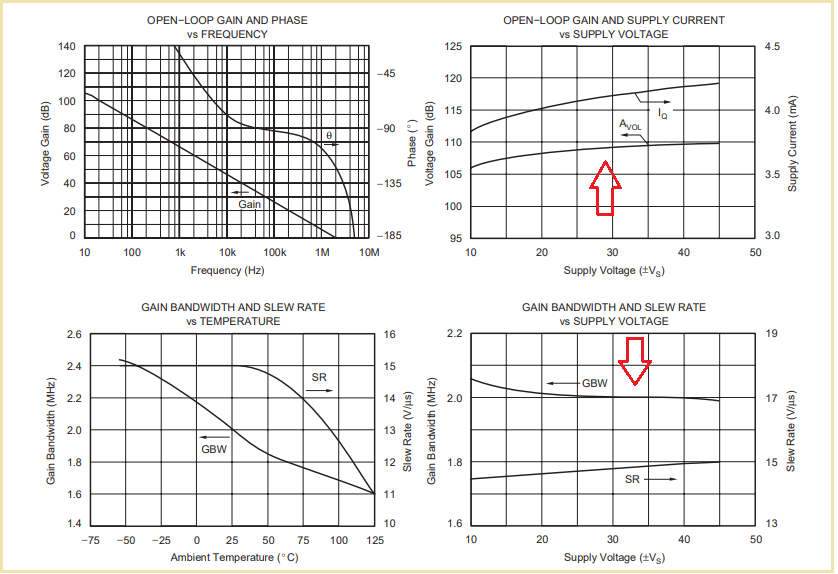Other Parts Discussed in Thread: OPA445, OPA548, OPA544
Hi Experts,
In the datasheet of this component there is an open-loop Bode diagram, page 4
Our customer would like to know how is this obtained (through simulation or there is a computation done)?
Kind regards,
Gerald


